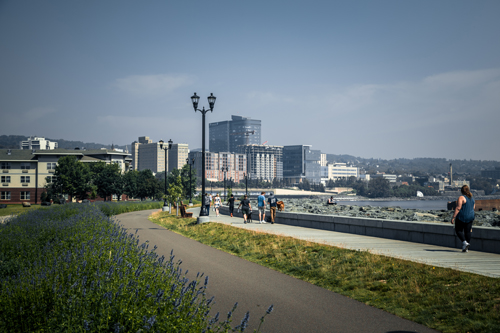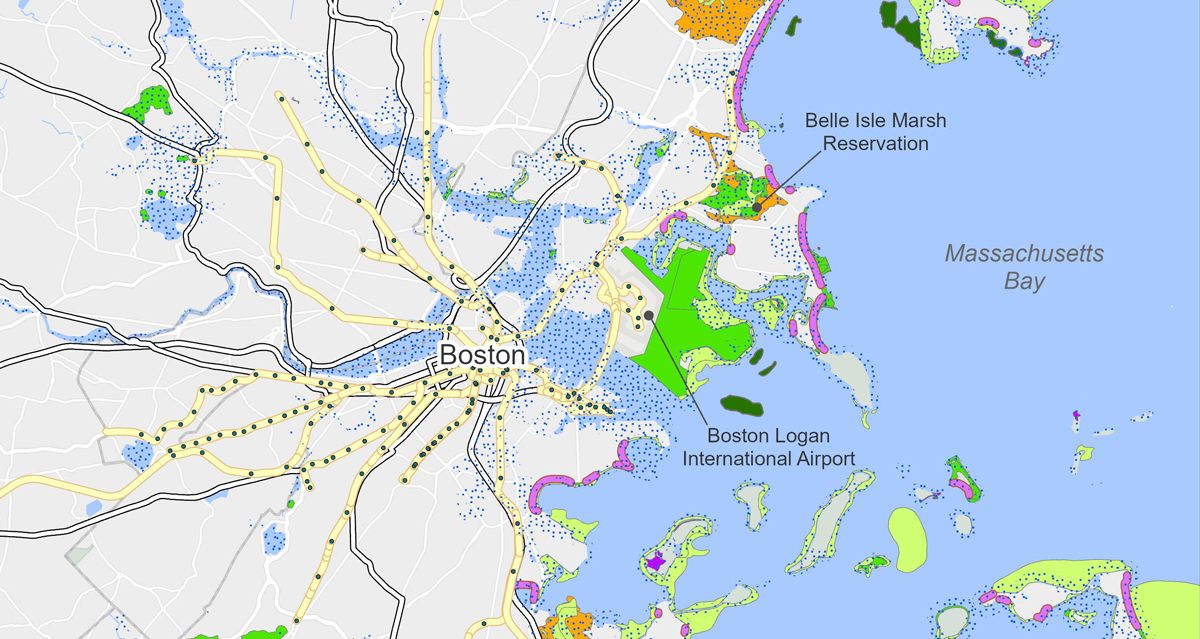We are pleased to announce the release of Engineering With Nature: An Atlas, Volume 3.
Release Date: May 22, 2024
View the 22 May 2024 press release from the US Army Engineer Research and Development Center.
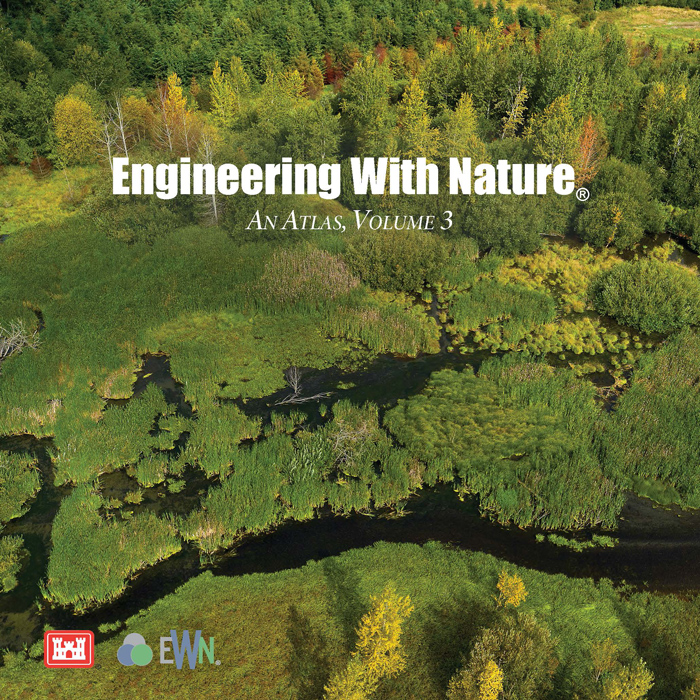
Building on the success of its predecessors, the newest volume of the Engineering With Nature (EWN) Atlas continues to spotlight projects harnessing the power of nature-based solutions (NBS) around the world.
What’s Inside:
- 58 new projects showcasing diverse environmental contexts, including beaches, wetlands, islands, reefs, riverine systems, and floodplains.
- Innovative integration of vegetation and natural materials.
- Environmental enhancements of existing infrastructure.
By showcasing the tangible outcomes of engineering with nature, we aim to demonstrate the immense value of nature-based solutions and inspire collective action. Each volume of the Atlas is filled with vivid imagery and concise descriptions, making the concepts accessible to a wide audience. Just like a traditional atlas broadens our horizons, the EWN Atlas reveals the inherent potential of utilizing natural features as part of an engineered solution.
It’s crucial to acknowledge the invaluable partnerships that have brought these books to fruition. Collaboration lies at the heart of EWN, not only between the built and natural environments but also among many organizations, sectors, and individuals united in a common purpose. The Engineering With Nature Atlas books showcase our shared work and interest.
Dr. Jeff King, National Lead for the EWN program, highlights the exceptional quality of the projects featured in Volume 3: “Atlas 3 really reflects the best of the best work being done by colleagues across the Corps of Engineers and around the world. It really was a hard task to just choose 58 projects — we received so many more nominations.”
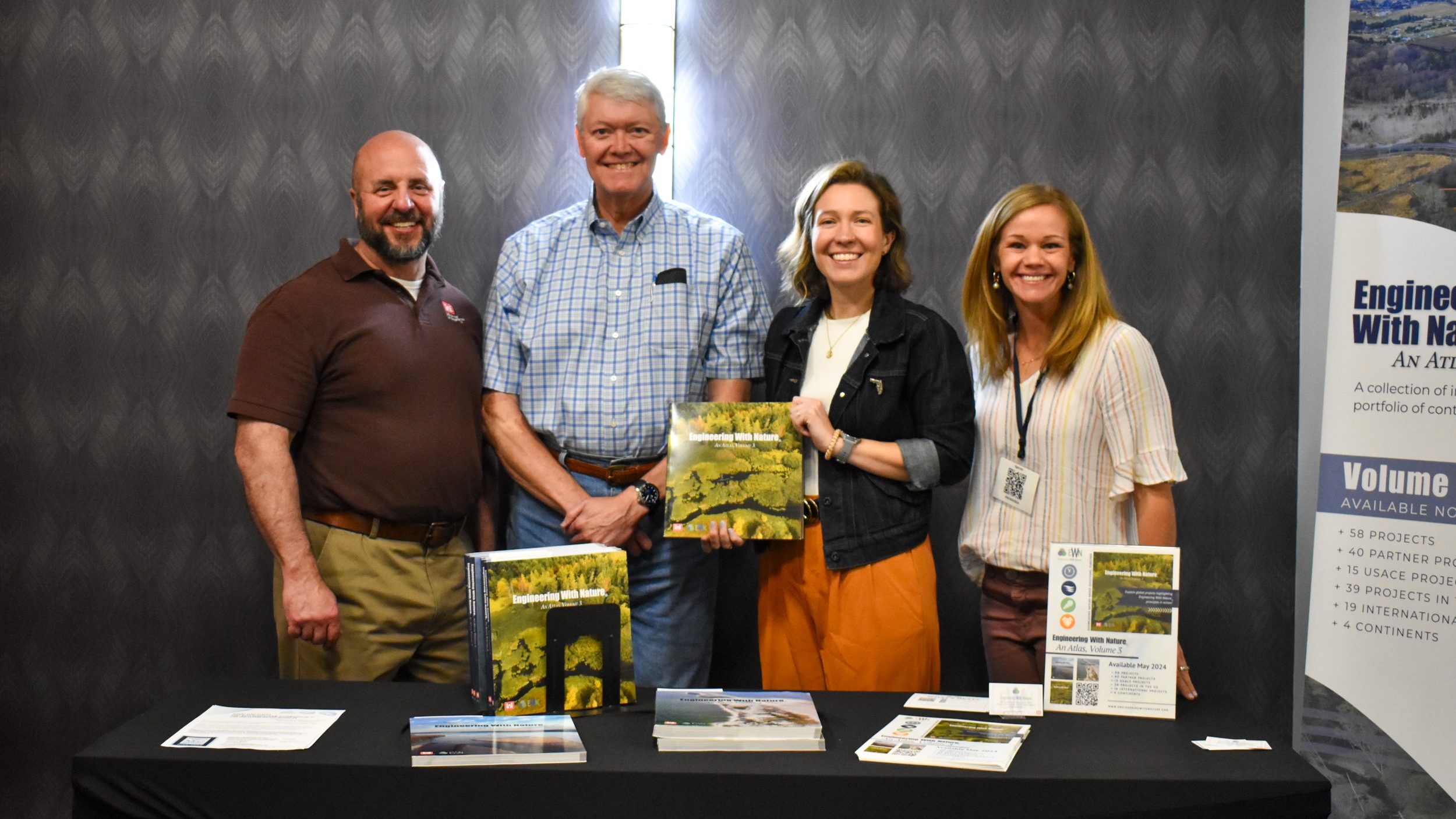
Designed as a coffee table book, the Atlas invites readers to flip through at leisure rather than read front to back. While the Atlas doesn’t offer prescriptive guidance on project implementation, it distills patterns and best practices from a multitude of projects. The layout of the Atlas series remains consistent across all volumes, facilitating easy navigation and exploration. Projects are divided into eight chapters and described by the four principles of Engineering With Nature.
Four principles define the EWN approach:

Using science and engineering to produce operational efficiencies

Using natural processes to maximize benefit

Increasing the value provided by projects to include social, environmental, and economic benefits

Using collaborative processes to organize, engage, and focus interests, stakeholders, and partners
Front-Cover Feature
The Volume 3 cover photo features the Lower Dungeness River in Clallam County, Washington. It is a panorama showing the habitat in a portion of the Lower Dungeness River project wetted floodplain, bookended by the flood return channel and the lower oxbow outlet. Built in the 1960s, the old U.S. Army Corps of Engineers (USACE)-authorized Dungeness River levee created unintended consequences for river processes, flood risk, and aquatic habitat. In response to the original levee being built on the opposite bank, the river became constrained, resulting in a straighter channel, increased water velocities, an aggraded riverbed, and reduced habitat for aquatic organisms. A partnership between Clallam County, the Jamestown S’Klallam Tribe, USACE, state and federal agencies, local nonprofits, and the surrounding community, the Lower Dungeness Floodplain Restoration Project sought to remove part of the old levee, build a setback levee, and remove a road bisecting the floodplain.
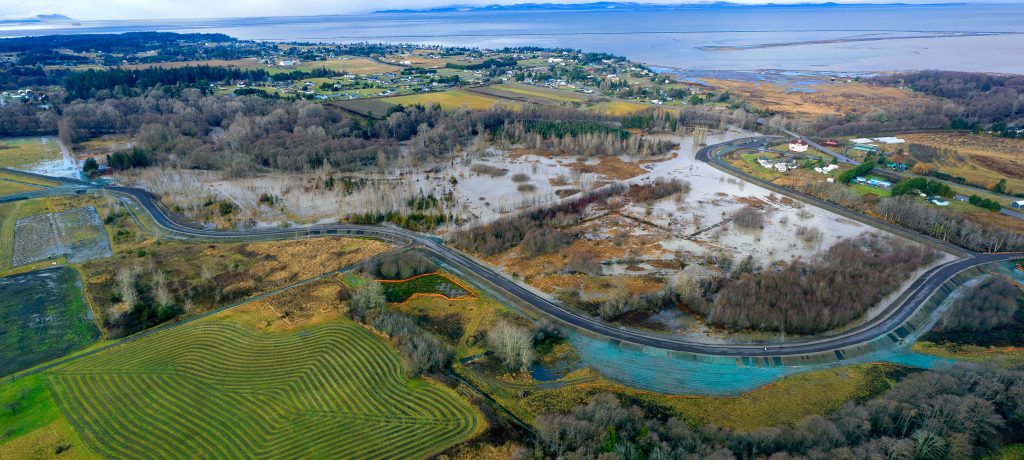
The project addressed high sedimentation rates impacting levee reliability and flood risk by giving the
river access to the floodplain. This spreads out the area for deposition and increases conveyance, reducing flood elevations and risks. Nature-based solutions used included levee setbacks to naturally restore the floodplain by letting the river create new side channels and wetlands (that increase storage of fine sediment, nutrients, and carbon); hard infrastructure (road) removal; and large wood and engineered logjams additions to manage the rates of bank erosion and floodplain reoccupation by the river. The setback levee also reused portions of the existing levee, reducing the need to import levee fill material and saving on cost.
Discover the full collection of projects in Engineering With Nature: An Atlas, Volume 3 and join us in celebrating the continued growth of EWN practices worldwide!

